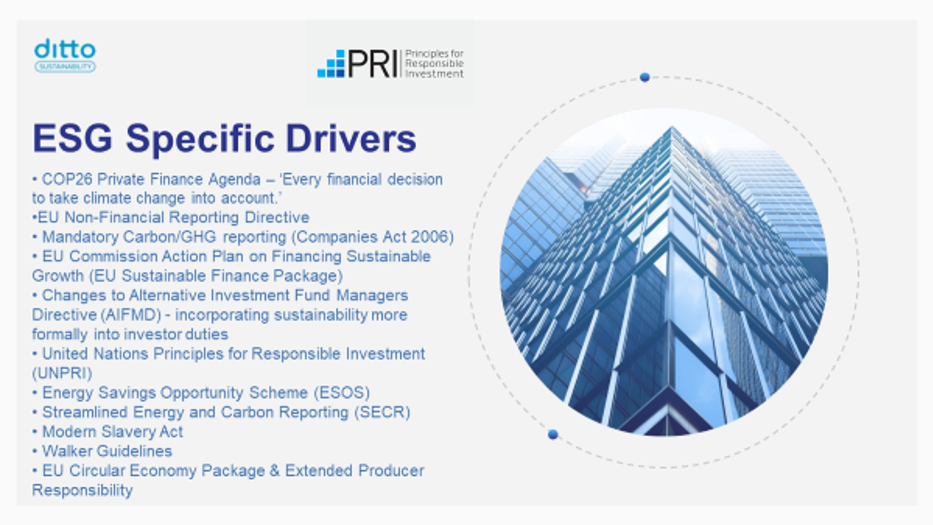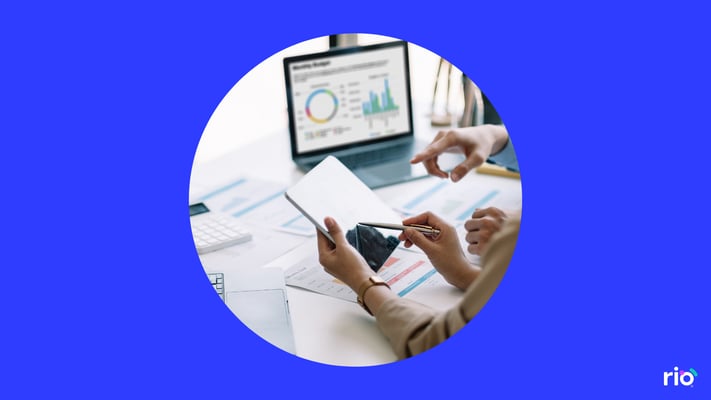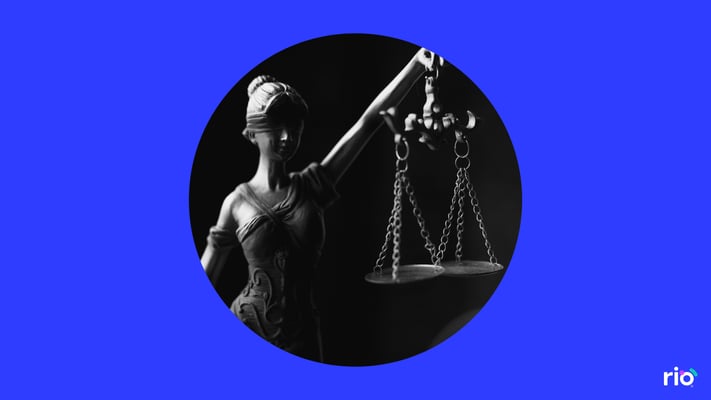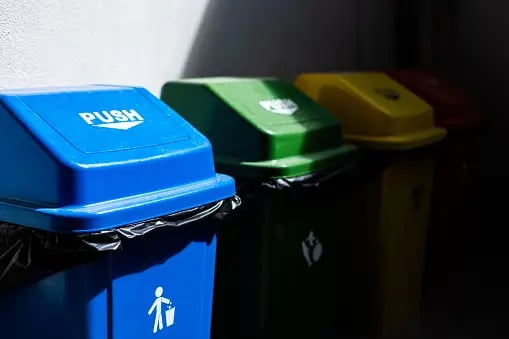Introduction
Sustainability is often siloed by organisations rather than truly integrated.
That’s because its misunderstood, often being inaccurately bundled as a ‘green’ consideration. The simplest way to define sustainability is the balance between making money and the consideration of environmental and social impacts.
In olden times, sustainable development was translated as mitigating our damage on the environment and society; reducing emissions, polluters paying for their mess, attempting to stop slavery.
It’s different now. Our conscience is evolving. Sustainable businesses have purpose; they make profit in a responsible way, whilst having a positive impact on the environment and society in the long term.
Sustainability is therefore central to any effective business plan or strategy. It’s a long term construct, encouraging resource efficiency, circularity, transparency and accountability. If you aren’t thinking in these terms about your business or the organisation you manage, you will not survive. Speaking on my children and their children’s behalf – good riddance.
The aim of this blog is to provide insight into how we work with organisations to build and develop sustainability strategies and ensure they are central considerations to the business plan. Before we go into the specifics though, it’s important to note some of the key drivers for sustainability.
The Drivers for Sustainability
We read about global environmental and social issues on a daily basis; marine plastic pollution, clinical waste being stockpiled at hospitals, textile and clothing manufacturers utilising criminal working practices, or on a macro level, the real, observable impacts of climate change and global warming.
There are numerous themes and drivers to consider, but the most prevalent ones we encounter are around the following four key themes:
1. The rise of Environmental & Social Governance (ESG) and Socially Responsible Investment (SRI).
Sustainable investing is a major force across global financial markets. Investors are also demanding greater quality of information, transparency and accountability in respect of a business’s Environmental, Social and Governance (ESG) policy but more importantly, their actual performance. If you want money from investors in the future – you will need to be hot on ESG!
2. The movement towards a circular economy.
Moving us from the ‘take, make, use, throw’ linear system to a model where resources are kept in use for longer, with value extraction maximised is now a staple sustainability concept. Additionally, production using renewable energy and recycling water cleanly back into water systems are core facets of a circular economy. As the prominence of this agenda increases, we anticipate stronger regulatory measures such as ‘Extended Producer Responsibility’ which make the ‘producer’ responsible for the full net costs of managing their products at end of life.
3. Ethical consumerism.
Consumers are asking more questions from retailers and manufacturers in terms of their sustainability performance, for example, how has the product been manufactured? What is its impact on the environment? How is the company ensuring good labour standards? How transparent is the company in terms of non-financial reporting?
4. The Sustainable Development Goals
The SDGs deserve a special mention. The 17 SDGS provide a framework for a better philosophy and way of life for all of us. How we can contribute towards these goals or influence them is a major question for every Government, organisation and individual to consider.
There are also a number of specific drivers and measure we see from a sustainability and ESG perspective that are highly influential – so preparedness is very important.
The following is taken from a recent slide deck I presented to a client in the Financial Services industry. It's not meant to be an exhaustive list but an indicative one.

The six steps to sustainability
The following process is something I’ve developed and honed over the last 15 years of my career. It’s been used with hundreds of organisations across the public and private sector and forms the foundation principles for our Rio platform.
From the outset, we recommend setting up Rio to enable the on-going analysis, engagement and reporting requirements.
- Step 1 - Develop the sustainability baseline and accurate picture of NOW
- Step 2 - Build Policy/Strategy position
- Step 3 - Implement management system & reporting framework
- Step 4 - Internal engagement
- Step 5 - Supply chain/extended stakeholder engagement & Comms
- Step 6 - Monitoring, reporting, continual improvement
Each of the steps is a blog/paper in its own right but hopefully our downloadable Six Steps to Sustainability handout below provides a good overview and some high level guidance and considerations on ways to plan and implement a sustainability strategy.
We are always here to help/bounce ideas off if you want to contact us.
Dan Botterill, Ditto CEO
With more than 15 years sustainability experience, Dan has worked across both the public and private sector, providing clients with wide ranging sustainability advice and guidance. Dan has worked in international consulting, clean technology development and has extensive experience working with the financial services sector on ESG. Dan’s current focus is on developing next generation sustainability and ESG software applications that will democratise sustainability knowledge & help businesses & individuals to be sustainable.











